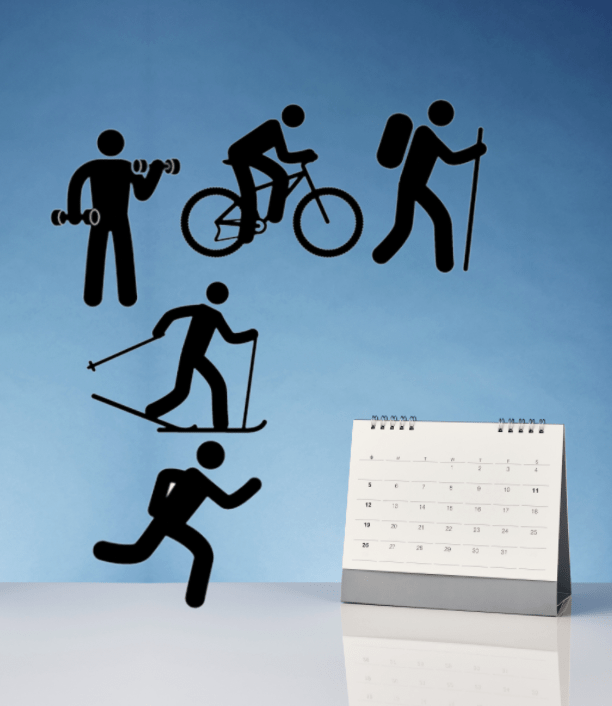
Successful endurance athletes are constantly monitoring all of their systems. Sleep, stress, training load, etc. All of these systems interact to create the environment in which they train and the conditions under which they forge fitness and ultimately success.
But at the end of the day, these athletes are humans just like you. There are some things that we simply can’t account for. Situations that arise need to be solved but are often quickly forgotten. Creating a system to manage your equipment and environment across the course of the season will set you up for a more successful year.
Create a Charging Station
One of the biggest mistakes athletes make in this digital age is remembering to charge all of their devices. Odds are the more competitive you are, the more electronic equipment you have.
Remembering to take it all to your normal charging place and then bring it all back to your training place eventually will fail. Like most things, it will fail when you are least likely to be able to deal with it.
Solve that problem by creating a space where you can charge all of your devices where you use them. Don’t even bother bringing them into the kitchen to put them in a drawer. Don’t bring them upstairs to put them in a closet. Keep it right next to the door that you go in and out of when you’re training. Or your garage. Whatever it is, spend the $25 to buy the adapter of the charging station that allows you to do it right there on the spot. The charging station itself will be a reminder that you need to plug everything in when you’re done, and you can exercise with it, but it’s as you take your device off the charging mount just before you work out every time.
Schedule Your Seasons
Every season has a beginning and an end, and each of those milestones brings with it a different set of equipment responsibilities. Whether you are just starting something new and need to freshen up or your wrapping up a season and need to replace or upgrade.
Take a moment to sit down and outline the time spent every season and then note what needs to happen when.
For example, if you’re a triathlete and you train indoors from November to March, then you train outside from April through October. Each of those different phases requires different equipment and different state of readiness.
Heading outside for your first ride of the year on sandy rodes is less than ideal if your rear tire has been worn practically paper-thin by your indoor trainer. Similarly heading outside for that winter run is zero fun if you can’t find your tights. The appropriate jacket should be packed away months earlier. Worse yet, it’s possible it was thrown away in which case you need to solve for the next seven days’ worth of training as you wait for a new jacket to arrive. By mapping out the contours of your season you will better be able to anticipate the changes and then budget your time accordingly. By limiting the surprises you will keep your training consistent and yourself on track.
Capture the Outliers
There’s always a chance that what has gone wrong is simply a freak accident. Batteries sometimes run out, shoes suddenly break, whatever it might be you have been surprised by the problem. Honestly, you can’t get too down on yourself, because it was a surprise. By definition, you can’t really anticipate this happening. You can however plan for the next time.
The easiest way to do this is to use your smartphone. You can simply set a reminder in the future to prevent the same situation from happening again.
For example, let’s say you are unable to remove the cleat from the bottom of your cycling shoe because the bolts become frozen. This is simply due to the fact that you bring it both outside and inside. There is a lot of moisture that’s gotten there including your own sweat. Setting a reminder to go off every three months to remove the bolts and regrease them is a simple way to make sure that the cleats will always come off when you need to.
You can navigate these intermediary emergencies with confidence knowing that you are checking them off one by one and eliminating them from your list of future problems.
Sometimes being smarter isn’t about reading books or going to school — it’s just learning from your experience. Armed with these tips you can make the right decisions that will keep you on track and training effectively across a full season. Good luck!




Leave a Reply